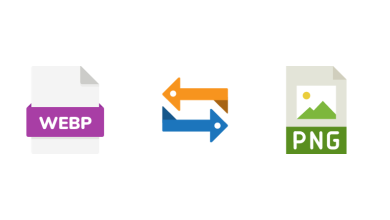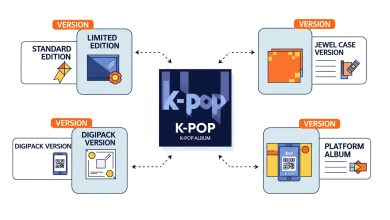Cybersecurity is one of the biggest challenges businesses face today. With threats growing fast and attackers getting smarter, companies need stronger defenses. But strong protection isn’t just about installing antivirus software or setting up firewalls. It starts with how you handle your data.
If your data is scattered, outdated, or hard to find, it becomes a weakness. Even the most advanced security tools can’t do much when the system they protect is disorganized. That’s why data management isn’t just helpful—it’s a core part of cybersecurity.
This article breaks down how clean, well-managed data helps build stronger defenses. It also explores how today’s professionals are learning the skills to make data work smarter and safer for organizations.

The Link Between Organized Data and Safer Systems
Think about what happens when a company doesn’t know what data it has or where it’s stored. It’s hard to protect what you can’t track. Unorganized data opens the door to mistakes, like giving the wrong people access or missing signs of a breach.
On the other hand, organized data gives IT teams more control. They can monitor user activity, catch anything unusual, and respond fast. When data is easy to locate, it’s easier to secure. Teams don’t waste time guessing—they take action.
This shift in thinking has also shaped how people train for tech roles. Many are choosing a data science information systems master’s program to build strong foundations in both data and security. Programs like these don’t just teach how to crunch numbers. They focus on handling data in real-world settings where structure, access, and accuracy make all the difference. This kind of training helps people step into roles where they’re expected to manage critical systems and defend against risks every day.
Cybersecurity depends on more than blocking threats. It depends on knowing your own systems inside and out. That starts with smart, secure data handling—and those skills are often learned long before someone sets foot in a high-stakes job.
Data Classification and Access Control Are the First Line of Defense
Some data is more sensitive than others. A file with customer info needs more protection than a basic training manual. But without classifying your data, it’s tough to know what needs that extra layer of care.
Once you sort your data by type or level of sensitivity, it becomes easier to limit who sees it. With that structure in place, access control tools like multi-factor authentication and user roles work better.
Poor Data Hygiene Increases Risk
Letting old, duplicate, or unused files pile up makes systems harder to secure. If no one knows which version of a document is current, or if outdated records still sit in forgotten folders, it creates confusion. That confusion can lead to security gaps.
When files aren’t cleaned out regularly, attackers may find ways in through weak points. These could be outdated software, unused accounts, or unmonitored storage. The more cluttered your system is, the harder it becomes to spot when something’s wrong.
A clean data environment helps reduce these risks. Deleting what’s no longer needed and keeping track of file versions makes it easier to focus on what matters. Good habits around data clean-up can help teams catch problems early, before they get serious.
Data Breaches Often Come from Weak Internal Processes
Many security problems come from inside the organization. A staff member might send a file to the wrong person. Someone might click a suspicious link without thinking. These aren’t complex attacks—they’re human errors. And they’re harder to prevent when the data environment is messy or unclear.
Clear data policies make a difference. When people know what data they handle, how to share it, and what steps to follow, mistakes happen less often. Companies that invest in training and define their processes around data handling tend to avoid common issues.
It’s not just about catching bad actors. It’s also about creating a culture where people understand the role they play in keeping systems safe. That kind of awareness starts with organized data and clear responsibilities.
Evolving Document Management Strategies Present an Opportunity for Better Security
As cyber threats grow more sophisticated, evolving document management trends allow businesses to enhance their data protection strategies. New software and tools provide advanced encryption, AI-powered monitoring, and real-time threat detection, making it harder for cybercriminals to access sensitive information.
By staying up to date with these trends, businesses can strengthen their security measures while improving data management efficiency. Adapting to these innovations allows companies to not only minimize risks but also ensure that their sensitive data is stored and handled securely, creating a more resilient defense against emerging threats.
Cybersecurity Tools Rely on Accurate Data
Most modern cybersecurity platforms work by scanning large volumes of data. They track logins, file changes, and system behavior. If this data is incomplete or messy, the tools may miss the signs of a threat.
Security tools learn from patterns. If the data they process is accurate, those patterns are easier to recognize. That’s what helps systems flag a problem early. However, when data is inconsistent or out of sync, those tools may either raise false alarms or overlook real risks.
Good data gives security tools a solid base to work from. Without that, even the best software won’t deliver the results you need.
Cybersecurity works best when it’s backed by solid data practices. Organized, accurate information makes it easier to spot threats, prevent mistakes, and take quick action when needed. Every strong security strategy starts with the same thing—a well-managed data system that supports every other part of your defense.





